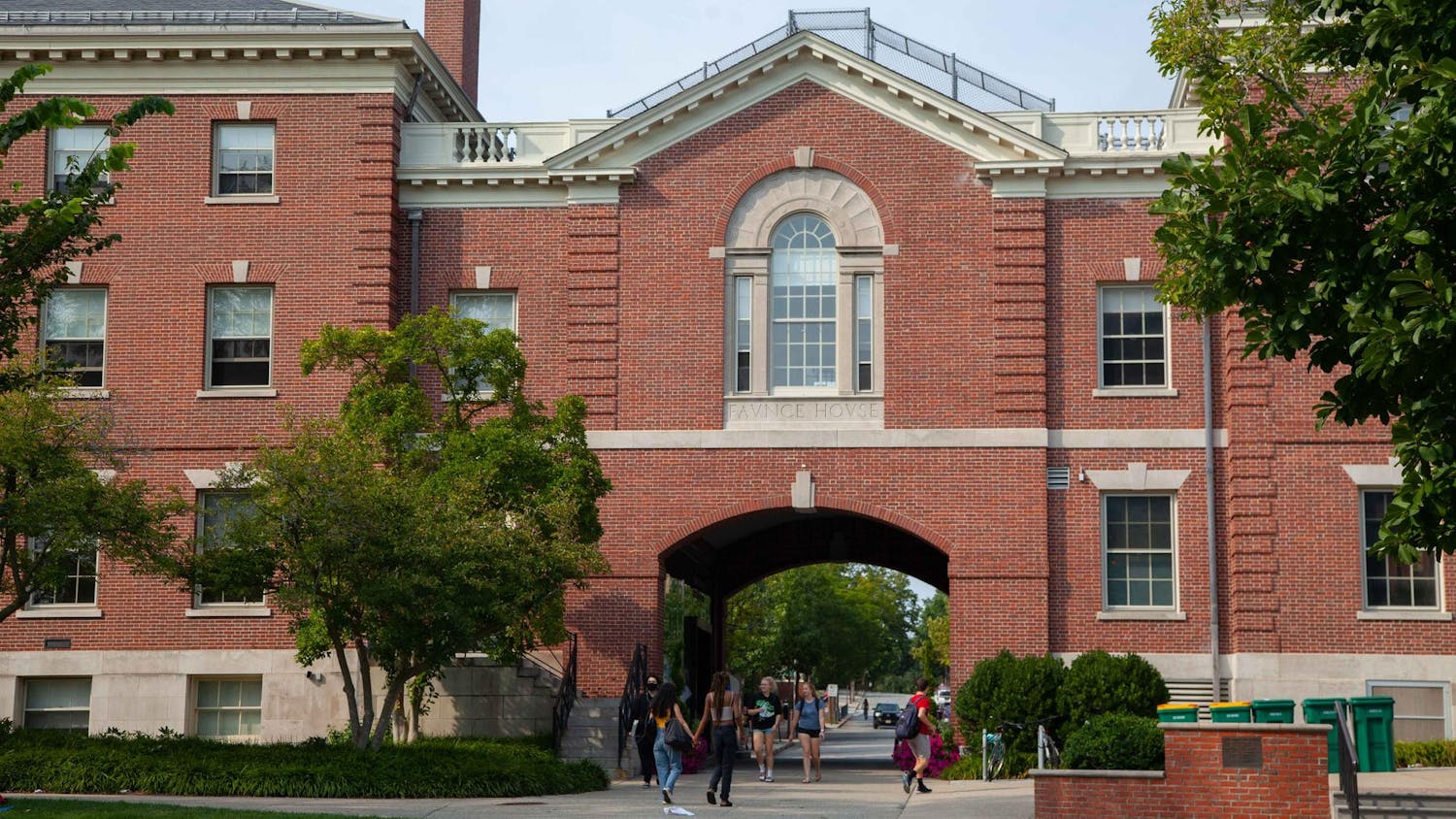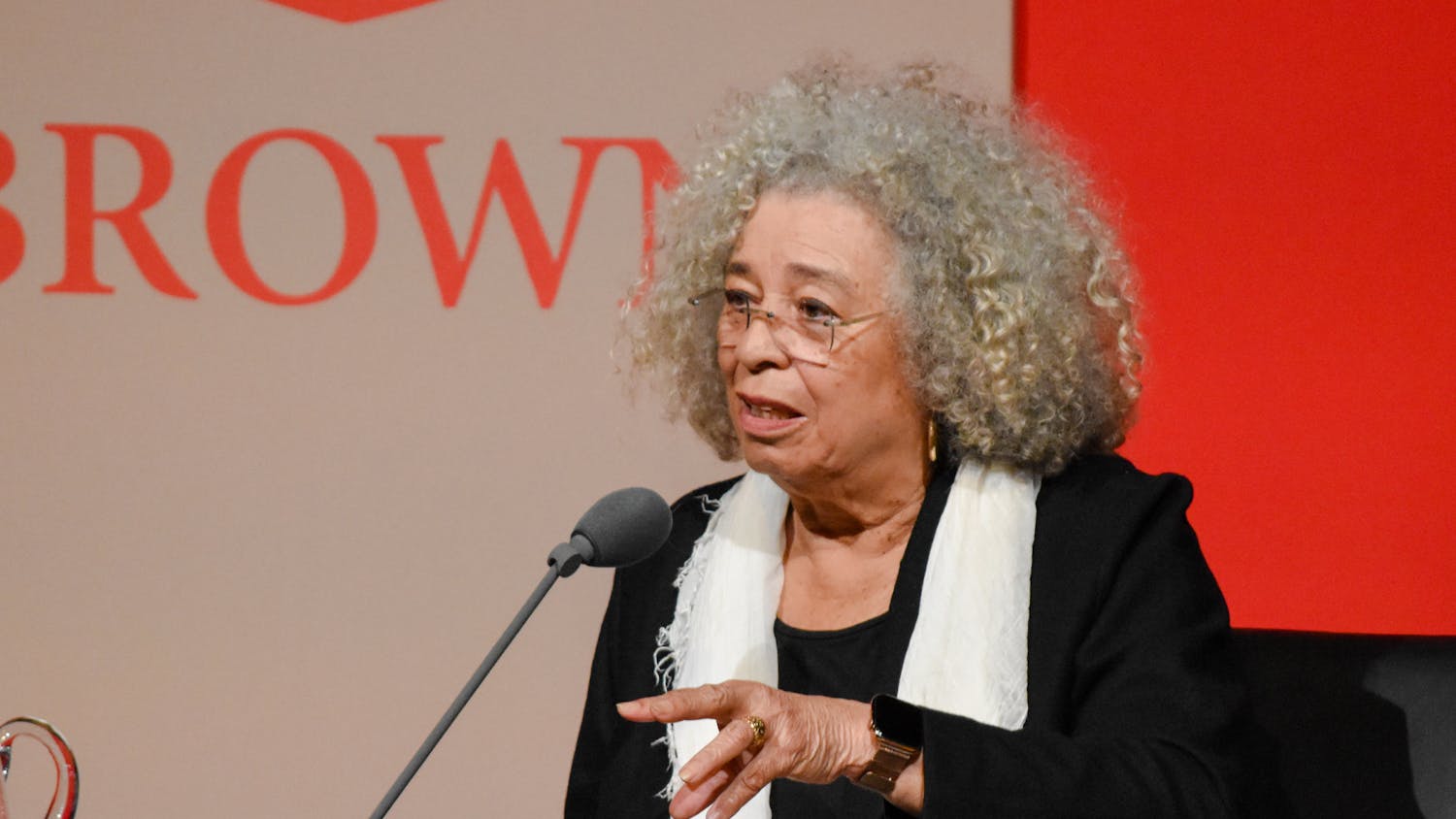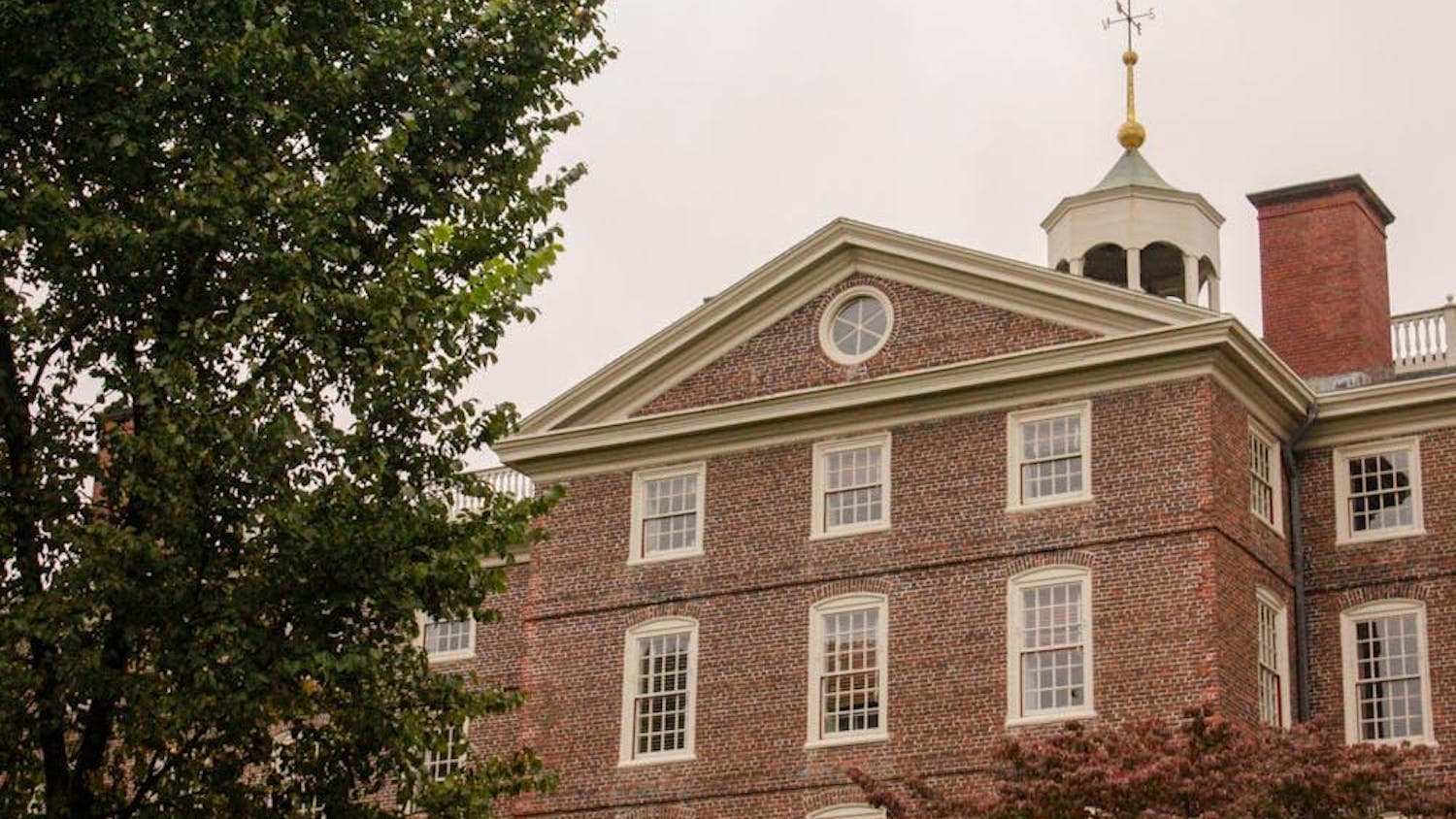Students shopping courses may notice that some seminars are a bit longer this year.
The Office of the Registrar has extended most late-afternoon seminar classes by 10 minutes this semester, so many courses that used to end at 5:20 p.m. and 6:20 p.m. now go until 5:30 p.m. and 6:30 p.m., respectively.
The change was made to bring the University in line with federal credit hour regulations enforced through the New England Association of Schools and Colleges, wrote Robert Fitzgerald, University registrar, in an email to The Herald.
“A few years ago, the U.S. Department of Education came down with a federal definition of a credit hour,” Fitzgerald wrote. According to the Department of Education’s website, institutions’ definitions of a credit hour should “reasonably (approximate) not less than one hour of class and two hours of out-of-class student work per week over a semester.”
Out-of-class assignments, such as research or “supplemental meetings,” can also contribute toward course hours, but students must spend at least double the amount of time on out-of-class work to gain the same number of credit hours, Fitzgerald wrote.
Brown uses a system in which one course credit equates to four credit hours. The federal definition mandates that one credit hour should correspond to at least 50 minutes spent in the classroom. For example, under federal regulations, a course that meets three times a week for 50 minutes and requires six hours of out-of-class work should count as three credit hours. To count as four credit hours — or one Brown credit — the course would need to assign an additional four hours of homework.
The College Curriculum Council determined that most of Brown’s courses were meeting these guidelines, Fitzgerald wrote. “The one meeting pattern where it was noticed that Brown was falling short was that of our seminar periods,” he added.
The class time in seminars, which were previously two hours and 20 minutes, would only count as two credit hours and would thus require about 12 hours of homework to make up for the deficiency. By extending the seminar time by 10 minutes, the courses’ class time could count as three credit hours using the 50-minute definition of a credit hour and, like other Brown courses, only require about 10 hours of out-of-class work.
“Simply adding 10 minutes to the existing five seminar patterns brings that out-of-class expectation more in line with what the College Curriculum Council and the provost’s office felt was the standard used here at Brown,” Fitzgerald wrote. “The additional 10 minutes seemed to make sense given that it fell more in line with our other two meeting patterns in terms of total class time,” he added.
“Most of my classes tend to be seminars, and I am under the impression that many of the discussions can be a bit rushed due to time constraints,” said Sarah Van Cleave ’17. “So I think this change may help in that regard.”
But other students were unsure. “It makes scheduling classes a little harder if your schedule is more cramped,” said Hank Winton ’18.
“I don’t imagine that this change will have a large impact on me, the students or my seminar classes; 10 extra minutes of discussion time is nice but not enough of an addition to change my plans for each class,” wrote Tracy Steffes, associate professor of education, in an email to The Herald.
Despite the Office of the Registrar’s recent reflection and implementation of the change, Fitzgerald wrote that the office did not take on issues of credit hours as they relate to science courses with labs, which some students think should count as additional credits. The issue “did not come up in this cycle as this was merely to address an immediate deficiency, not to open and dissect the entire curriculum structure,” Fitzgerald wrote.
ADVERTISEMENT




